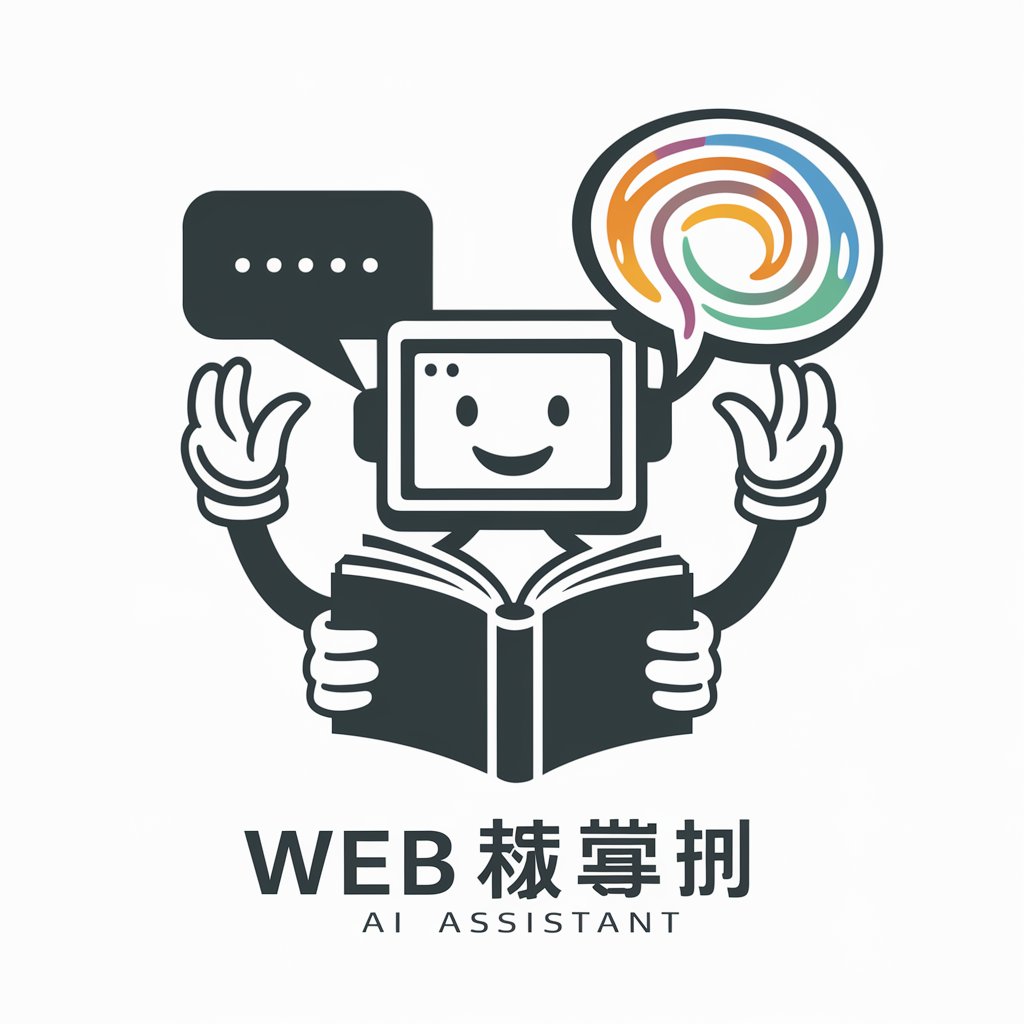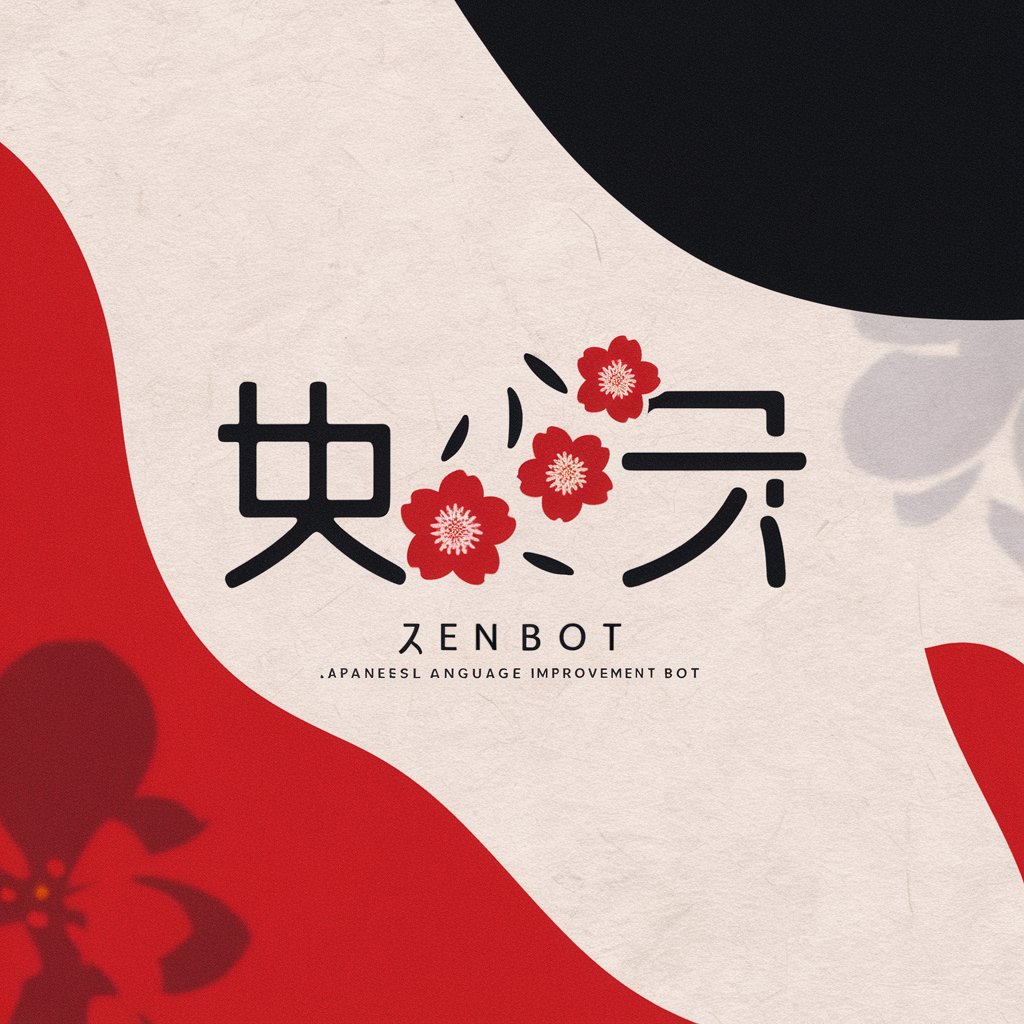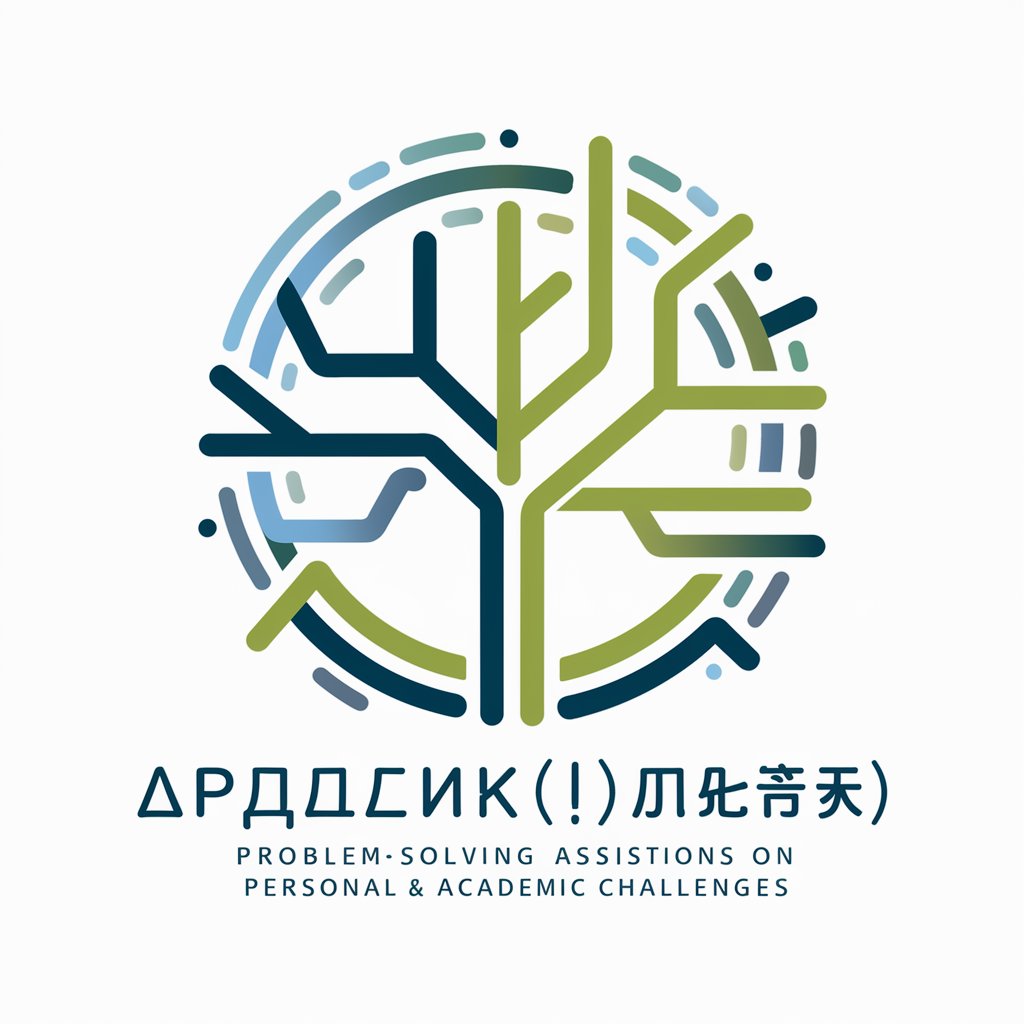
イシューの改善・分解(「イシューから始めよ」) - Issue Analysis & Resolution

Welcome! Let's start by identifying the core issues together.
Deciphering Complex Issues with AI
Describe a scenario where a team effectively identifies the core issue before starting their project.
Outline the steps involved in transforming a vague problem statement into a precise and actionable issue.
Discuss the importance of formulating a clear hypothesis when addressing complex business challenges.
Explain how using a structured approach to issue identification can enhance productivity and outcomes in research.
Get Embed Code
Introduction to イシューの改善・分解('Starting with the Issue')
イシューの改善・分解('Starting with the Issue') is designed to help users identify, articulate, and address the core issues (イシュー) within their projects, challenges, or inquiries. Its primary purpose is to guide users through a structured process that begins with pinpointing the exact issue at hand before diving into potential solutions. This approach ensures that efforts are focused on the most impactful areas, leading to more effective and efficient problem-solving. For example, in a business context, instead of vaguely attempting to 'increase sales,' this method would encourage defining a more specific issue such as 'improving online sales conversion rates by identifying and removing checkout process bottlenecks.' Powered by ChatGPT-4o。

Main Functions of イシューの改善・分解
Issue Identification
Example
Identifying the underlying issue behind declining user engagement on a platform.
Scenario
A team might notice a drop in user activity and, through analysis, identify that the issue is not the quality of content but the user interface's complexity. This precise identification allows for targeted improvements.
Hypothesis Formulation
Example
Formulating hypotheses on why a new product isn't meeting sales expectations.
Scenario
Instead of broadly trying to 'increase sales,' the team hypothesizes that 'the product's value proposition is not clearly communicated to the target audience.' This leads to focused marketing and communication strategies.
Strategic Planning
Example
Developing a plan to enter a new market.
Scenario
A company looking to expand into a new geographical market would use this function to identify key issues such as 'determining the primary customer needs in the new market and how they differ from existing markets' and formulate strategies accordingly.
Ideal Users of イシューの改善・分解 Services
Business Managers
Managers and leaders facing strategic decisions, needing to identify and prioritize issues within their operations, projects, or market challenges. This service helps them focus on critical problems and opportunities for improvement.
Project Teams
Teams working on projects across various domains who need to clarify their objectives, identify barriers to success, and formulate hypotheses for testing. This approach ensures resources are allocated efficiently and effectively.
Researchers and Academics
Individuals in research and academic settings looking to define the scope of their studies or investigations clearly. Utilizing this service can help in formulating research questions that are precise, manageable, and impactful.

Guidelines for Using イシューの改善・分解
1
Begin by visiting a designated platform for a hassle-free trial, requiring no sign-up or premium access.
2
Identify the core issue (イシュー) you are facing or the decision you need to make, articulating it clearly in your query.
3
Formulate a hypothesis around your issue, taking a stance on what you believe might be the underlying cause or solution.
4
Use the tool to break down the issue into smaller, manageable parts, and explore different angles for a comprehensive understanding.
5
Apply the insights and suggestions provided to refine your approach, making informed decisions based on the analysis.
Try other advanced and practical GPTs
Magic The Gatheringer
Turn Images into Magic The Gathering Cards

Project Manager Wizard
AI-powered efficiency for project management

HealthAdvisor AI
Empowering health decisions with AI.

[Therapist Steven] How to rewrite Unconscious
Transforming Unconscious Patterns with AI
![[Therapist Steven] How to rewrite Unconscious](https://r2.erweima.ai/i/0n6SpwHPTFStzYUFTk23jw.png)
Colourful Expressions
Transforming Emotions into Art

PromptPartyZ
Unleash group creativity with AI

CHONMAGE
Transforming Images into Art with AI

AsinGPT
Empowering Creativity with AI
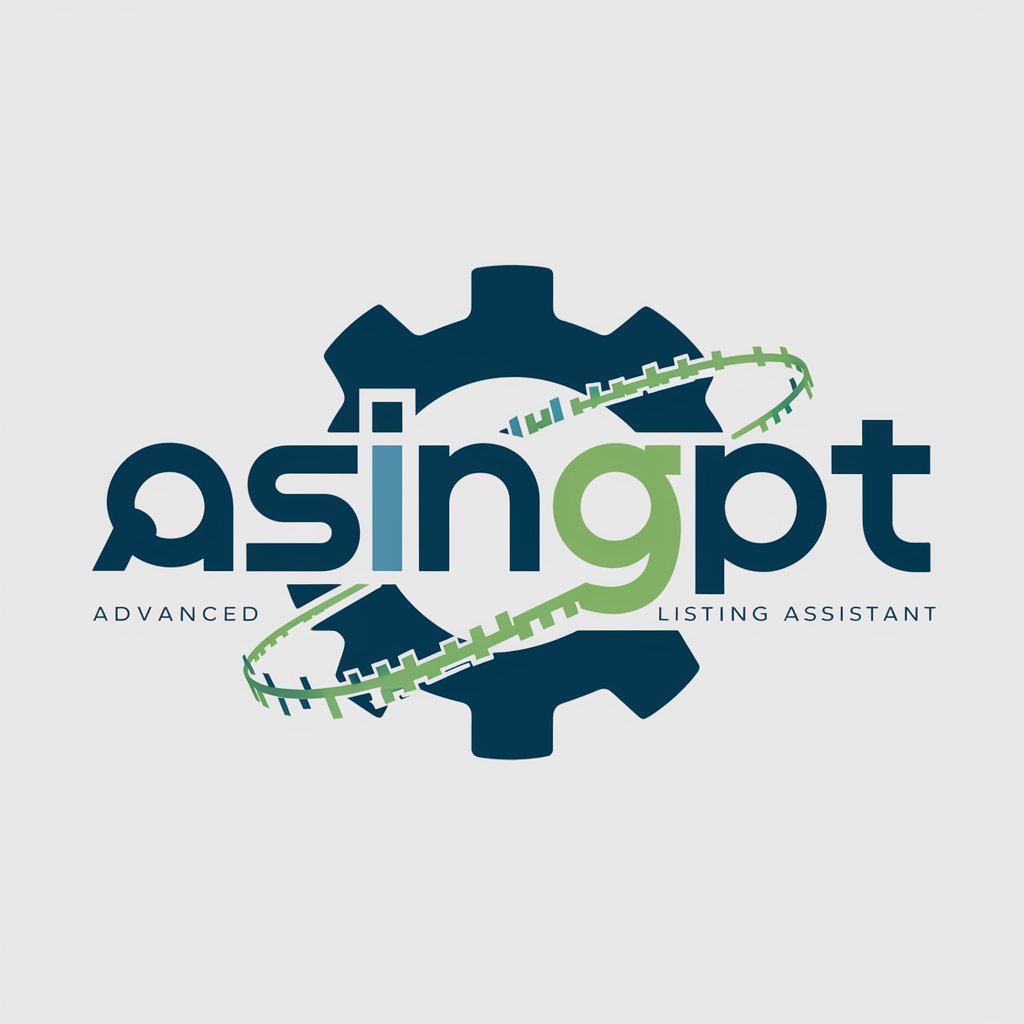
HSE Innovation Leader
Empowering HSE with AI Innovation

123 Go: From Zero to Python Hero
Master Python, from basics to brilliance.
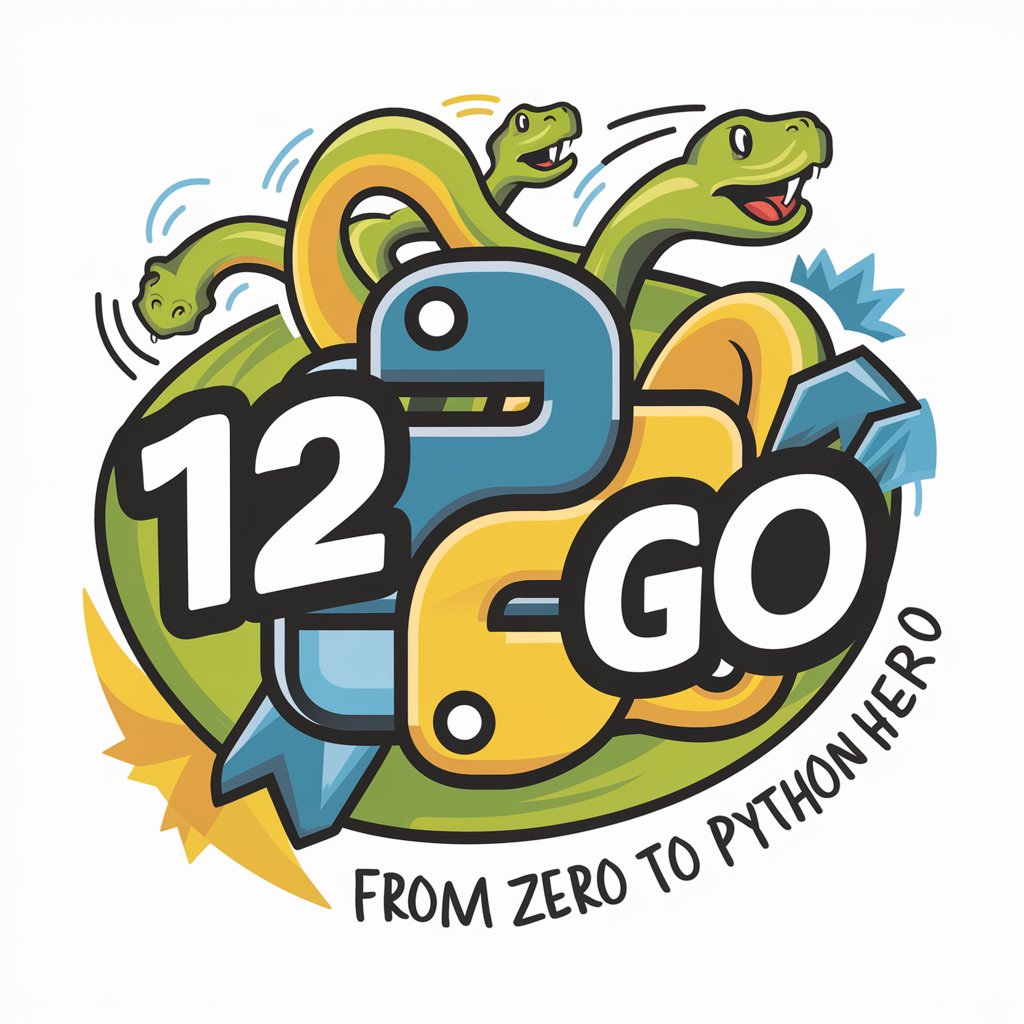
Gandalf the Byte
Awakening the Wizard of Code within You

Ted the Support Sidekick
Your AI-Powered Support Companion

Q&A about イシューの改善・分解
What is イシューの改善・分解?
It's a methodology focused on identifying and dissecting the core issues at hand before proceeding with any project or decision-making process, using structured analysis to improve outcomes.
How does forming a hypothesis help in using イシューの改善・分解?
Formulating hypotheses forces you to take a stance on the issue, which clarifies the scope of analysis needed and guides the search for information and solutions.
Can イシューの改善・分解 be applied to any field?
Yes, this approach is versatile and can be applied across various domains, including business, academia, and personal decision-making, to ensure a thorough analysis and informed decisions.
What are common pitfalls to avoid when using イシューの改善・分解?
Avoid jumping to conclusions without a proper hypothesis, neglecting to define the issue clearly, and overlooking the need to break down the issue into manageable parts for analysis.
How can I ensure an optimal experience with イシューの改善・分解?
Clearly articulate your issue, rigorously form and test hypotheses, and be open to revisiting and refining your approach based on new insights or information.
